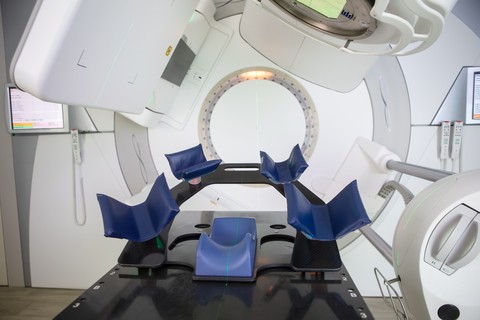Survival and Side Effects: Insights from RIOMeso on Mesothelioma Treatment
Mesothelioma is a hard diagnosis, especially in Australia where asbestos-related diseases are a big concern. With only a 10% survival…
Advancements and progress on mesothelioma studies in Australia may lead patients to better prognosis. Arm yourself with the right knowledge. Learn more.









